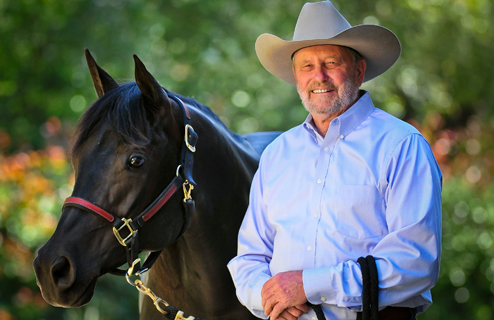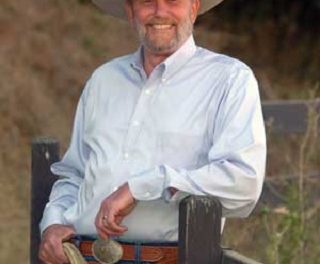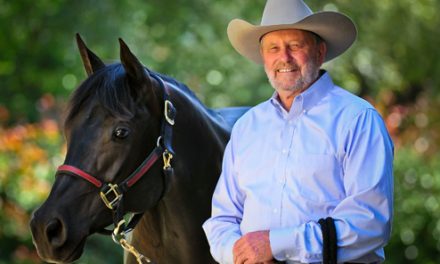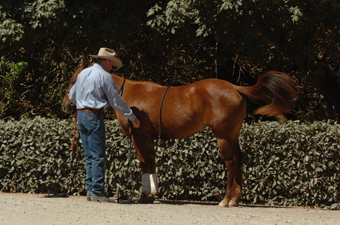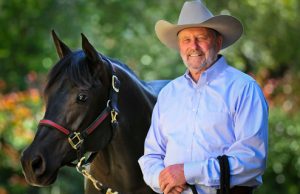 Does your horse pull back when tied to a rail or the trailer? Horses that continually pull back are common. This problem is found throughout the horse industry, not just with dressage and jumping horses. With many riders, a horse’s ground manners are the last thing the rider thinks about. Riders are much more concerned about having a good trail ride or doing well over the jumps or in the dressage arena. We all want to have a good ride but it is important to understand that the behavior the horse exhibits on the ground actually carries over and will effect the quality of the ride.
Does your horse pull back when tied to a rail or the trailer? Horses that continually pull back are common. This problem is found throughout the horse industry, not just with dressage and jumping horses. With many riders, a horse’s ground manners are the last thing the rider thinks about. Riders are much more concerned about having a good trail ride or doing well over the jumps or in the dressage arena. We all want to have a good ride but it is important to understand that the behavior the horse exhibits on the ground actually carries over and will effect the quality of the ride.
I find that if we fix bad behavior on the ground, like pull back, we make it much more safe and enjoyable for both our horses and ourselves. I’ve seen horses that are pulling back fracture their necks, fall down and be seriously injured. Even worse, people get hurt because they try to help the horse and wind up getting kicked or trampled. Some people use breakaway lead lines but all they do is encourage the horse to pull back because the horse knows it can escape. There are training devices available but if they are not used correctly, the horse will find out how to pull right through them instead of learning to stand quietly without pulling back.
With pull back issues, two areas of good foundation training are critical. Your horse must be truly halter broke and trained not to panic under stress. Any horse tied to a trailer and standing quietly may be startled if a person comes by on a bicycle or approaches too quickly. The horse will react but we want the horse to give to the pressure of the lead rope. Learning to give to pressure is lesson number one for every horse. De-spooking exercises are important so that your horse learns to accept different objects and events.
When startled, a horse’s flight instinct kicks in and a tethered horse will pull back. When the rope tightens, the fight instinct kicks in. If the horse has never really learned to give to pressure you have pull back. If you work on exercises that deal with the elements of de-spooking and yielding to pressure, you should find that pull back is no longer an issue. There is always something that will set a horse off but the incidents should be greatly reduced.
Good horsemanship means that you have a safe, obedient horse on the ground as well as under saddle. It is important to spend time on the ground teaching the horse good ground manners. If you spend the time and are consistent in your cues and expectations you will find that the pull back issue will go away.
Charles Wilhelm

